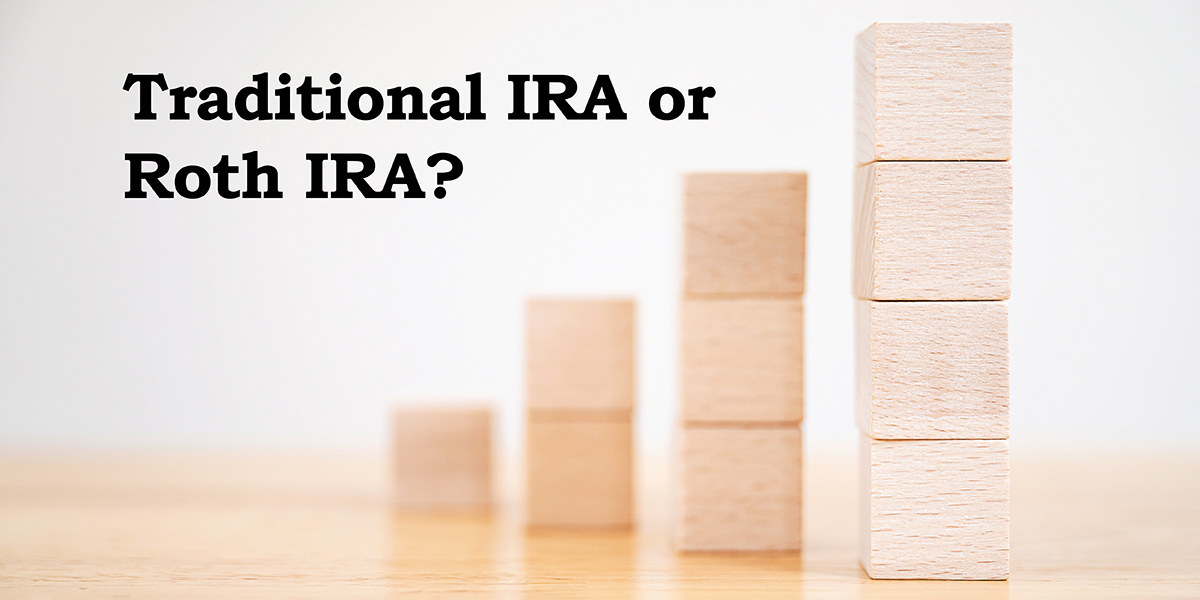
Starting a New Job? Your Retirement Savings Options
June 7, 2024
Are you leaving your job and considering whether to take a distribution from your 401(k), 403(b), or governmental 457(b) plan? if so, make sure you've considered all your options.In general, you have the following four options when you're eligible to receive a distribution fromyour employer retirement savings plan.1
Option 1: Leave the money in the plan
This is the easiest option — you don't do anything at all.- Your account can potentially benefit from continued tax-deferred growth (or potentiallytax-free growth in the case of Roth accounts)
- While IRAs typically provide more investment choices than an employer plan, there maybe certain investment opportunities in your particular plan that you can't replicate with anIRA
- You can receive penalty-free distributions as early as age 55 (50 or after 25 years ofservice for qualified public safety employees) compared with age 59½ for IRAs
- Qualified plans generally provide greater creditor protection than IRAs
Option 2: No rollover — take the distribution in cash (and securities ifapplicable)
Most plans allow you to take a lump-sum distribution of your account balance.- This move defeats the primary purpose of your plan — saving money for retirement; yourisk not having enough money at retirement to cover your expenses
- All or part of your distribution may be subject to federal (and possibly state) taxes, and thetaxable portion may be subject to an additional 10% early distribution penalty tax if youhaven't reached age 55 (50 or after 25 years of service for qualified public safetyemployees); this may significantly reduce the amount you'll actually receive
- You'll lose the benefit of continued tax-deferred (or tax-free) growth
Option 3: Roll the funds over to an IRA
Distributions from designated Roth accounts can be rolled over only to a Roth IRA; distributionsof non-Roth funds can be made to a traditional IRA or "converted" to a Roth IRA.- Your account can potentially benefit from continued tax-deferred (or tax-free) growth
- There are generally more investment choices with an IRA than with an employer plan
- You can freely move your money among the various investments offered by your IRAtrustee, and you can freely move your IRA dollars among different IRAtrustees/custodians (using direct transfers)
- With an IRA, the timing and amount of distributions are generally at your discretion; however you must start taking required minimum distributions (RMDs) from traditionalIRAs after you reach age 73 (75 for those who reach age 73 after December 31, 2032)
- No required distributions must be made from Roth IRAs during your lifetime
Option 4: Roll the funds over to your new employer's plan (if the planaccepts rollovers)
- This move offers all of the advantages of Option 1, above
- You can consolidate your employer plan retirement savings
- You may be eligible for a plan loan, and you may not be required to begin taking RMDs ifyou still work at the employer sponsoring the plan when you reach RMD age
When evaluating whether to initiate a rollover, always be sure to (1) ask about possible surrendercharges that may be imposed by your existing employer plan, or new surrender charges that yourIRA or new plan may impose; (2) compare investment fees and expenses charged by your IRA(and investment funds) or new plan with those charged by your existing employer plan (if any);and (3) understand any accumulated rights or guarantees that you may be giving up bytransferring funds out of your employer plan. It is best to have a professional assist you with this,because the decision you make may have significant consequences — both now and in the future.
Keep in mind that you don't have to roll over your entire distribution. You can roll over whateverportion you wish. If you roll over only part of a distribution that includes taxable and nontaxableamounts, the amount you roll over is treated as coming first from the taxable part of thedistribution.
There is no assurance that working with a financial professional will improve investment results.This information is not intended as tax, legal, investment, or retirement advice orrecommendations.
1Special rules apply if you're the beneficiary of a plan participant.
2If your distribution is eligible for rollover, you'll receive a statement from your employer outliningyour rollover options. Read that statement carefully. You cannot roll over hardship withdrawals,required minimum distributions, substantially equal periodic payments, corrective distributions,and certain other payments.
This content has been reviewed by FINRA.
Prepared by Broadridge Advisor Solutions. © 2024 Broadridge Financial Services, Inc.












